Photography courtesy of Lowell Washburn, all rights reserved.
Hunting wild turkeys with primitive [handmade] archery equipment is one of my favorite outdoor pastimes. It is also the most challenging. For me, no other pursuit of fish or game is more difficult than bagging a gobbler with bow and arrow. This year was no exception. Moving into the final segment of the spring season, I still had an unfilled license sitting in my pocket.
My unused tag was not for lack of encounters. So far, I had called nine legal birds – eight toms and one jake – to a distance of 15 yards or less. But archery enthusiasts soon learn that there’s a lot more to killing a turkey with a bow than just getting it close. A turkey’s vitals are only about the size of a baseball. Consequently, an ethical shot requires finding a bird that will stand still as a statue while posing at a perfect angle. It’s a combination that is hard to come by. Although they’re maybe not as nervously flitty as a warbler, standing still is definitely not the wild turkey’s strong suit; and I can tell you from painful experience that they’re also not very fond of posing for bow hunters.
Enough of the negatives. The upside of pursuing turkeys with a bow is that you’re likely to learn more about wild turkey behavior in a single season than a shotgun hunter will learn in ten – not to mention all the additional wildlife encounters you’ll gather along the way. Things like close-up views of deer, fox, coyotes, warblers, thrushes, and out-sized stump-bustin’ pileated woodpeckers.
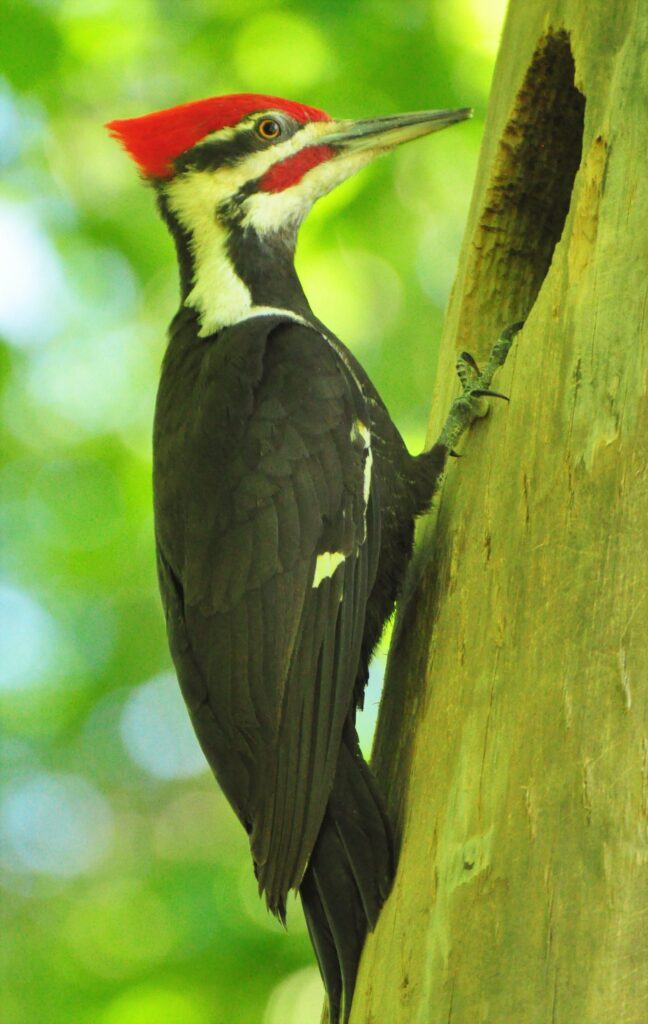
Earlier in the season, I did have one exciting in-your-face turkey encounter that resulted in a shot. After hearing some turkeys further down the ridge, I managed to call in a hen who was accompanied by a pair of hopeful suitors. When the trio finally came around the gooseberries and saw my jake decoy, the gobblers immediately left the hen and came strutting in with intentions of teaching my counterfeit a lesson.
I had placed the decoy at eight yards and, on their way by, the pair of toms actually passed between me and the plastic jake. At that range, the sight and sound of those gobblers became overwhelming. I panicked. Rushing my shot, I drew back and let fly. Sadly, I watched as the arrow zipped over the nearest gobbler’s back, missing the bird by a silly millimeter – maybe less. Just an inch or two lower and the turkey would have been mine. Following weeks of daily practice on backyard targets, it was a humbling experience. But that’s how bow hunting for turkeys is. Even when one of those giant birds comes so close that you can almost reach out and touch it, that same turkey may live to gobble another day.
But if I’ve learned one thing over the years, it’s that turkey hunting can spin on a dime. Maybe this was the day the dime would spin. After hearing a number of widely scattered toms sound off at daybreak this morning, I was filled with renewed optimism.
I was carrying a longbow with a draw weight of 45 pounds. Hand crafted from Osage orange by Lake Mills archery enthusiast, Dave Thomas, the bow is a beautiful straight-shooting piece of artwork. Any shots the bow misses can be attributed to “operator error”.
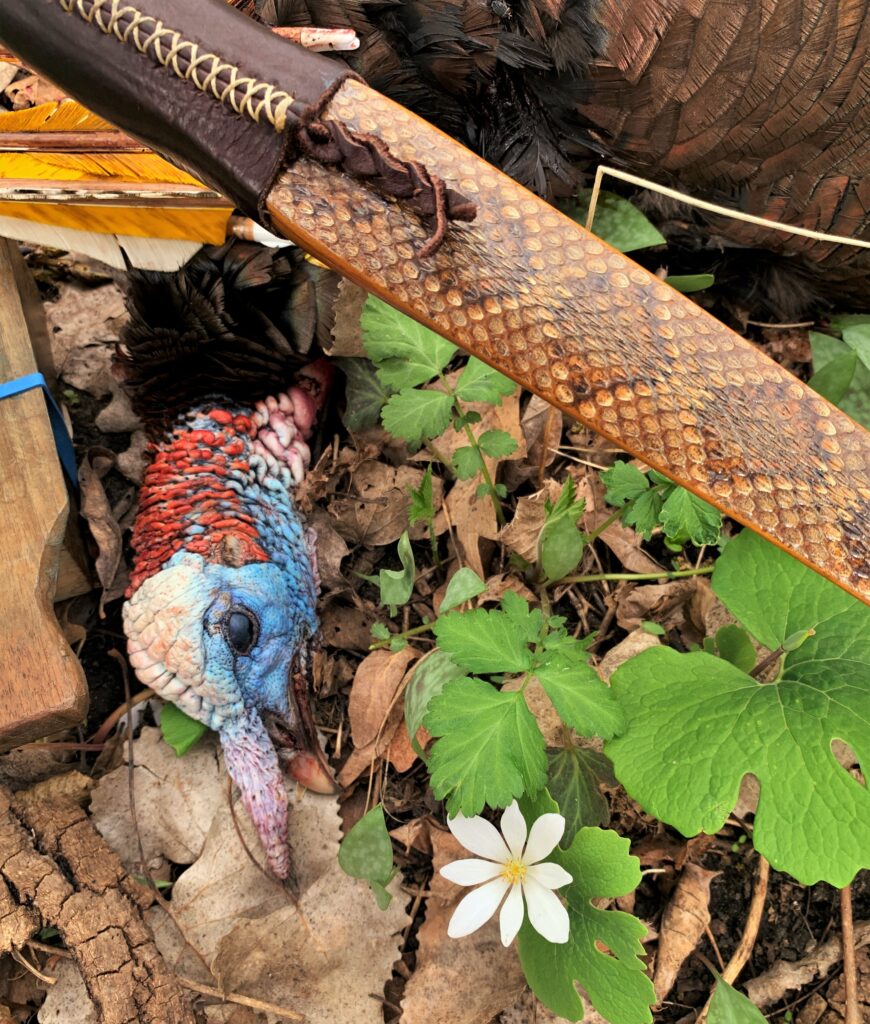
After hearing those sunrise gobblers, I had set up at the edge of a grassy clearing measuring about fifty yards in length and maybe 15 to 20 yards wide. I had barely begun calling when a lonely hen came trotting up to investigate. Several minutes later, a second hen dropped by for a visit before disappearing back into thick cover. Nothing for the next half hour; and then it happened. Responding to my continued calling, a mature tom suddenly burst from the dense understory. Expecting to find a hen, the gobbler was conducting a rapid beeline approach. But upon spotting my jake, the Long Beard abruptly ended his full court press and slammed on the brakes. His aggressive demeanor quickly dissolved. Obviously alarmed, the gobbler slinked back into the vegetation and out of my life.
A lot of hunters would say the bird was ‘decoy shy’. He wasn’t. In reality, the gobbler was ‘turkey shy’ – a mature, but subdominant, tom that had been thoroughly thrashed so many times that he simply didn’t want to be within striking distance of any other male, jake or otherwise. Although the bird had approached to around 25 yards before coming to a halt, there was no way to convince a gobbler in his current frame of mind to come any closer.
There are few meals I more enjoy than a plate full of fresh hickory smoked wild turkey, homemade dressing, and ice-cold cranberry on the side. But after this encounter, my turkey dinner seemed more out of reach than ever. And although I continued to implement a number of calling scenarios, the next hour and a half failed to produce birds.
But that didn’t mean the hunt had become unproductive. The spring songbird migration was moving at full throttle, and several colorful species were providing nonstop entertainment.
It was now late morning, and the coin was about to flip. I had just cranked out a long series of aggressive yelps when a peripheral movement caught my eye. What I saw next seemed too good to be true.
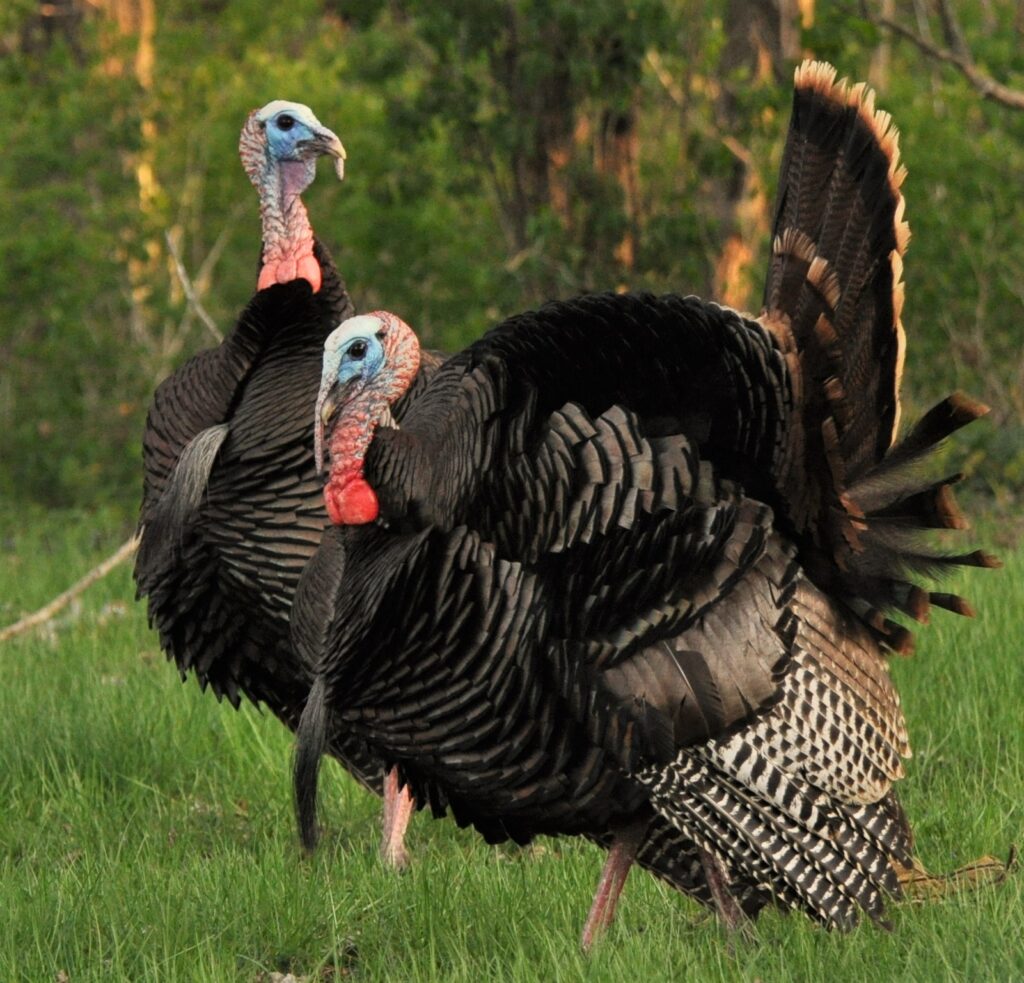
A pair of mature Long Beards had entered the clearing and like giant roadrunners, were hoofing it in my direction. Their body language was clear. These boys meant business. For this pair, there would be no hitting the brakes. In less time than it takes to tell, the gobblers were at the decoy and had already begun to show the jake exactly who was boss. Remembering my earlier miss, I tried hard not to rush the shot. Picking a single feather, I carefully drew the bow, took aim, and released the string. The broadhead found its mark and, just that quick, the hunt was over.
Completely undaunted by his partner’s sudden demise, the surviving gobbler continued to pummel the decoy. I soon began to wonder if these birds were responsible for the earlier gobbler’s timid, ‘decoy shy’ behavior. As the show continued, I traded bow for camera and began shooting souvenir video of the remaining aggressor.
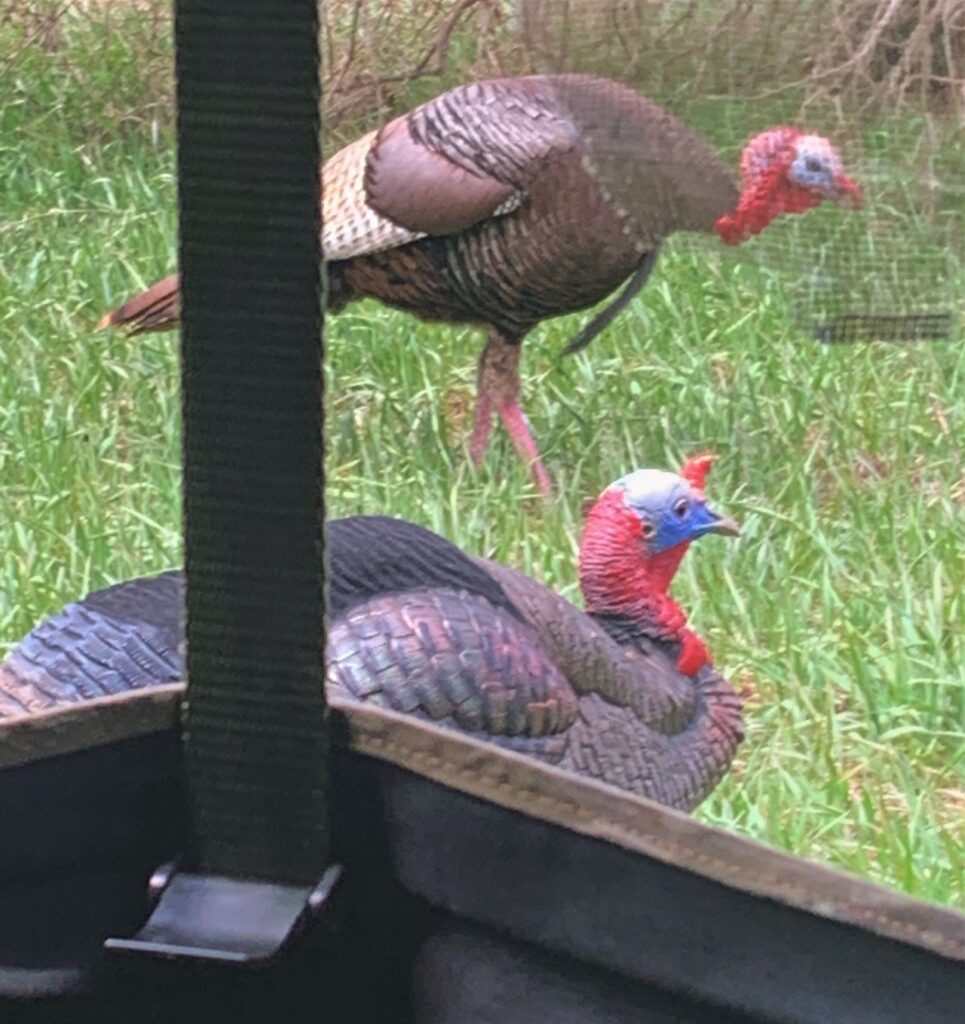
When the turkey finally left the clearing, I moved to retrieve his slain sidekick. Weighing on the high side of 25 pounds, the sharp spurred, long bearded tom was indeed a woodland trophy. A hunt that began with a slow start had ended as an exciting adventure. If I’ve managed to learn one thing over the years, it’s that turkey hunting can spin on a dime.
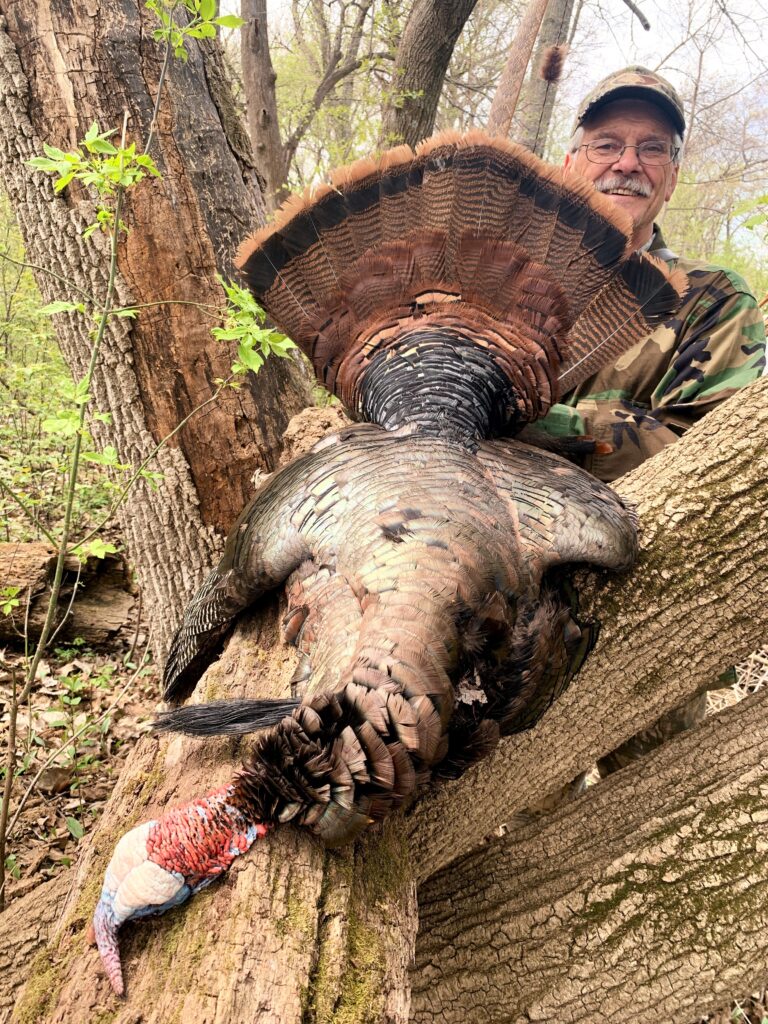

 Tom Cope
Tom Cope Sue Wilkinson
Sue Wilkinson Susan Judkins Josten
Susan Judkins Josten Rudi Roeslein
Rudi Roeslein Elyssa McFarland
Elyssa McFarland Mark Langgin
Mark Langgin Adam Janke
Adam Janke Joe Henry
Joe Henry Kristin Ashenbrenner
Kristin Ashenbrenner Joe Wilkinson
Joe Wilkinson Dr. Tammy Mildenstein
Dr. Tammy Mildenstein Sean McMahon
Sean McMahon